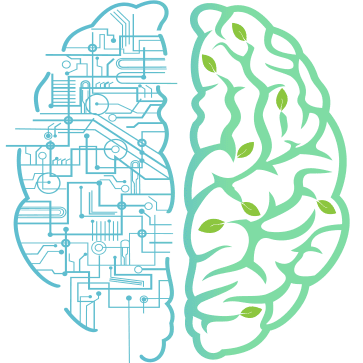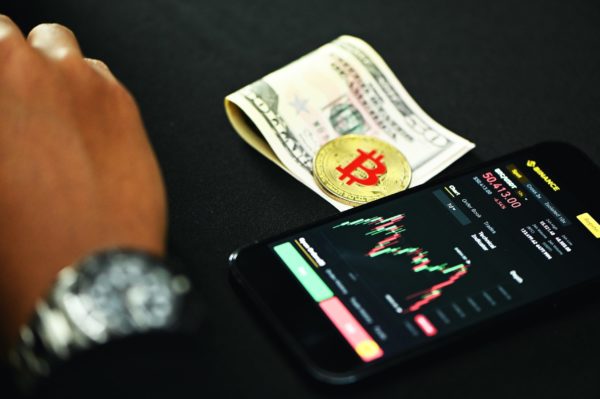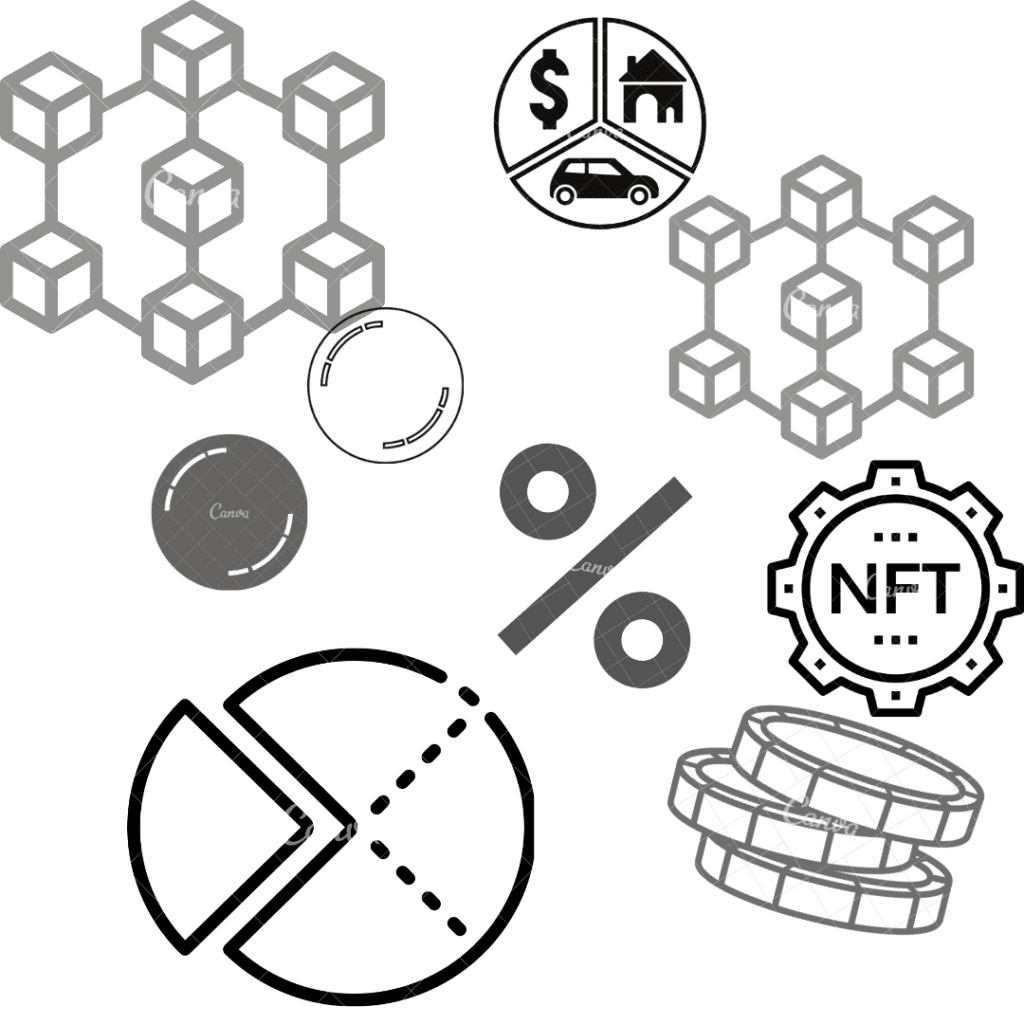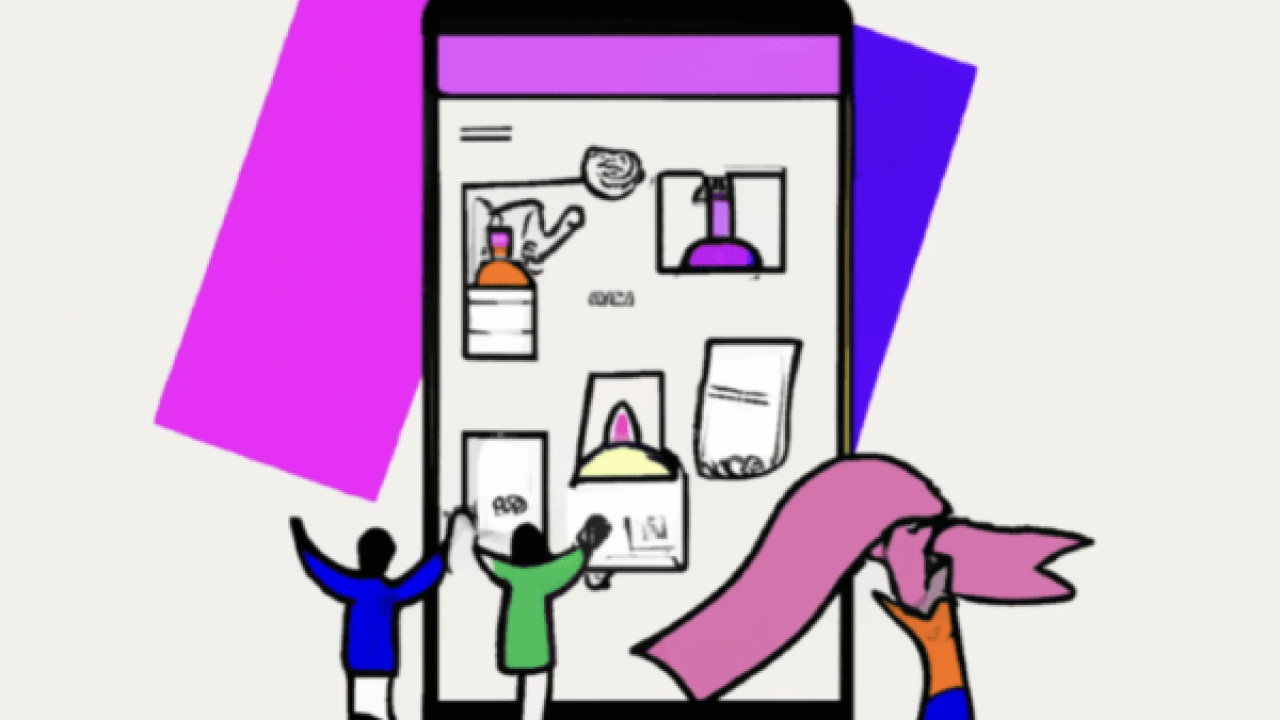Blockchain technology is transforming the business environment faster than we could anticipate a few years ago. The technology draws its strength from its transparent, immutable, and distributed structure. Among the many benefits of blockchain technology is tokenization, which is the ability to enable an asset to be easily broken into smaller units to represent ownership. The process encourages the democratization of investment, which in effect increases liquidity into previously cumbersome markets, making market access and participation easier and fairer. In other words, tokenization is the process of converting some asset forms into tokens to make them movable, stored, or recorded on a blockchain. For example, a painting can be converted into a token that can be transformed and transferred on a blockchain system, making it more available for the wider market. Blockchain being the network or platform where tokenization takes place, has better speed, accountability, and security than the traditional paper markets.
How Asset Tokenization Works
There are millions of assets in the world that can neither be subdivided nor transferred. In this case, buyers and sellers have traditionally used paper to represent these assets. The problem with paper is that it has a lot of barriers, including cumbersome legal agreements. This makes it difficult to subdivide or transfer. Tokenization enables the issuer to create digital tokens in a blockchain. These tokens represent the asset (digital or physical), and the blockchain provides guarantees that once you buy tokens representing an asset, no single entity or authority can manipulate or erase your ownership. In other words, your ownership remains completely immutable.
To properly illustrate how tokenization works, let’s dive into this example of real estate tokenization.
Suppose you have a house in Chicago worth $400,000. You can tokenize it, by converting it into 400,000 tokens. People can own the house by buying the tokens, with each token representing a small percentage of the property. If you need a loan of $40,000 (10% worth of your property), you may be forced to sell your property. The problem is that you still need a place to live, which presents a huge dilemma. With tokenization, however, you can issue 400,000 tokens on a blockchain-backed platform. This will allow people to freely buy and sell on different exchanges. An individual buying one token means they own a small fraction of your house (0.0002%). If all the 400,000 tokens are bought, the token holders will own 100% of the property. Since blockchain is immutable, the records of investors’ ownerships cannot be erased.
Advantages of tokenized assets
- Provide greater liquidity
- Increase accessibility
- More transparency in ownership
- Cheaper and faster because intermediaries are eliminated, and Immutable.
Types of asset tokenization
There are two types of assets: fungible tokens and non-fungible tokens. Fungible tokens can easily be replaced by another identical item. For example, gold and grains can be subdivided into small units (e.g. kilograms) in real life. A token can be created to represent a specific quantity, say 5kgs. Non-fungible tokens (NFTs), on the other hand, allows real-world goods that cannot be subdivided to be broken digitally for other people to own the shares. For example, you cannot break your house into pieces, as illustrated earlier, but you can create tokens attached to it which will allow others to own a fraction of your house.







